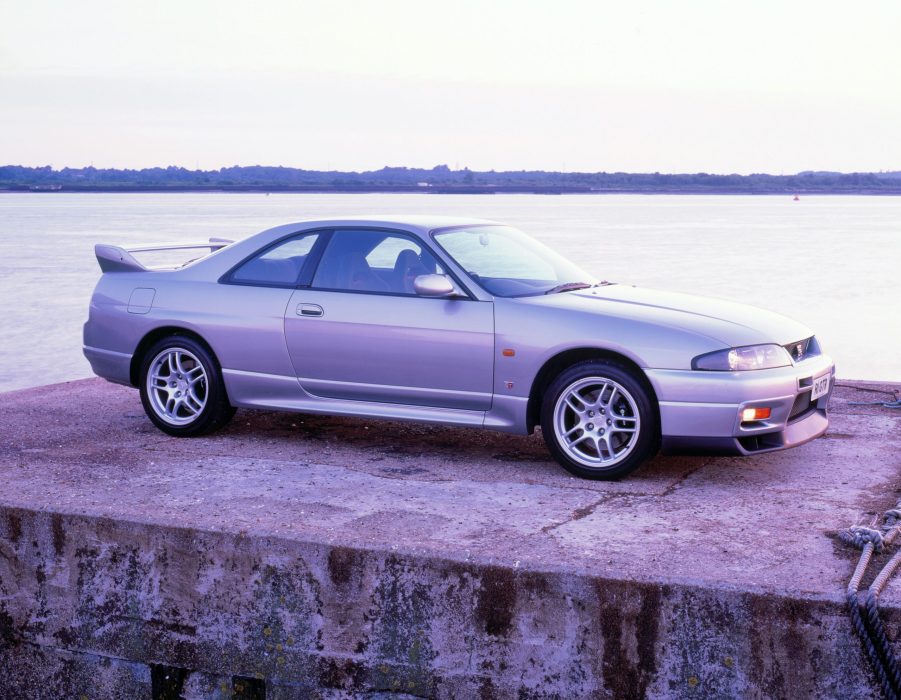
What Does JDM Stand For?
If you’re a car enthusiast, then you have most likely heard the term “JDM” at least once, or a hundred, times in your life. And while those three letters are pretty self-explanatory – when you find out what they mean – they have caused some confusion to those new to the car scene. So, what does JDM really stand for?
What does JDM mean?

The term “JDM” stands for “Japanese Domestic Market.” According to Garage Dreams, the term refers to any car that was produced for the Japanese Domestic Market. That means that it’s reserved for people that buy cars in Japan and drive them on public roads over there.
What makes a JDM car a JDM?
Contrary to what some enthusiasts believe, the term “JDM” is not meant to be used for just any Japanese manufactured vehicle. It specifically refers to vehicles produced and sold in Japan only. For example, some may refer to a Honda Civic as a JDM car, since it was manufactured in Japan. However, if the Civic in question was made for the U.S. market, then it is not a JDM car. In fact, it would be a “USDM” car – or made for the U.S. domestic market.
The JDM version of the Civic, on the other hand, would be right-hand drive and will come equipped differently for that specific market. Many JDM cars have engines with higher horsepower, different electronics, and different drive configurations. The main reason for the difference is that the U.S. has different safety and emissions regulations and all cars sold here must comply with them.
Are JDM cars illegal?

Yes and no. While a majority of JDM cars that are currently roaming the streets of Japan cannot be legally imported into the U.S., there are some that can be. Hagerty reports that “any vehicle at least 25 years old can be imported legally into the U.S.” However, for those living in California, the process is harder thanks to the state’s stricter emissions laws and regulations. That doesn’t mean it’s impossible, though, but you would need to jump through a few hoops to get a JDM car to pass emissions in California including the possibility of paying more fees and equipping the car to pass a smog test.
If you’re importing a JDM car into Canada, the rules are less strict as the car only needs to be 15 years old or older to comply with the regulations. In either case, check with your local state or province laws to get the information needed in order to bring a JDM legally into the country.
What makes a JDM car so appealing?

By now, you might be wondering why anyone would want to import a right-hand-drive car from Japan to drive on left-hand-drive U.S roads. On one hand, there’s the pure novelty of driving on the “wrong side” and impressing anyone else on the road that notices. On the other hand, there’s also the fact that you can buy older model cars that aren’t as prevalent here in the states.
For example, it’s pretty hard to find a second-generation Toyota MR2 anywhere in the U.S right now. But if you check certain JDM car importers like RevHard Motors in Denver, Colo., you can typically find a clean JDM version in their inventory. Not to mention countless other cars that we never got here in the U.S. like the Nissan Skyline GT-R, a Toyota Cresta, and a Nissan Pulsar GTI.
In essence, the exclusivity and rarity of many of the JDM cars that can now be imported into the U.S. are the main reasons that car enthusiasts and collectors end up doing it. There’s also something fun about going through a drive-thru and having the employee ask “Why are you sitting on the wrong side of the car?”
Ultimately, JDM cars are those built, sold, and bought in the “Land of the Rising Sun.” And while it might earn you some cool points when throwing around the term when talking to your friends, at least now, you know exactly what it means.



